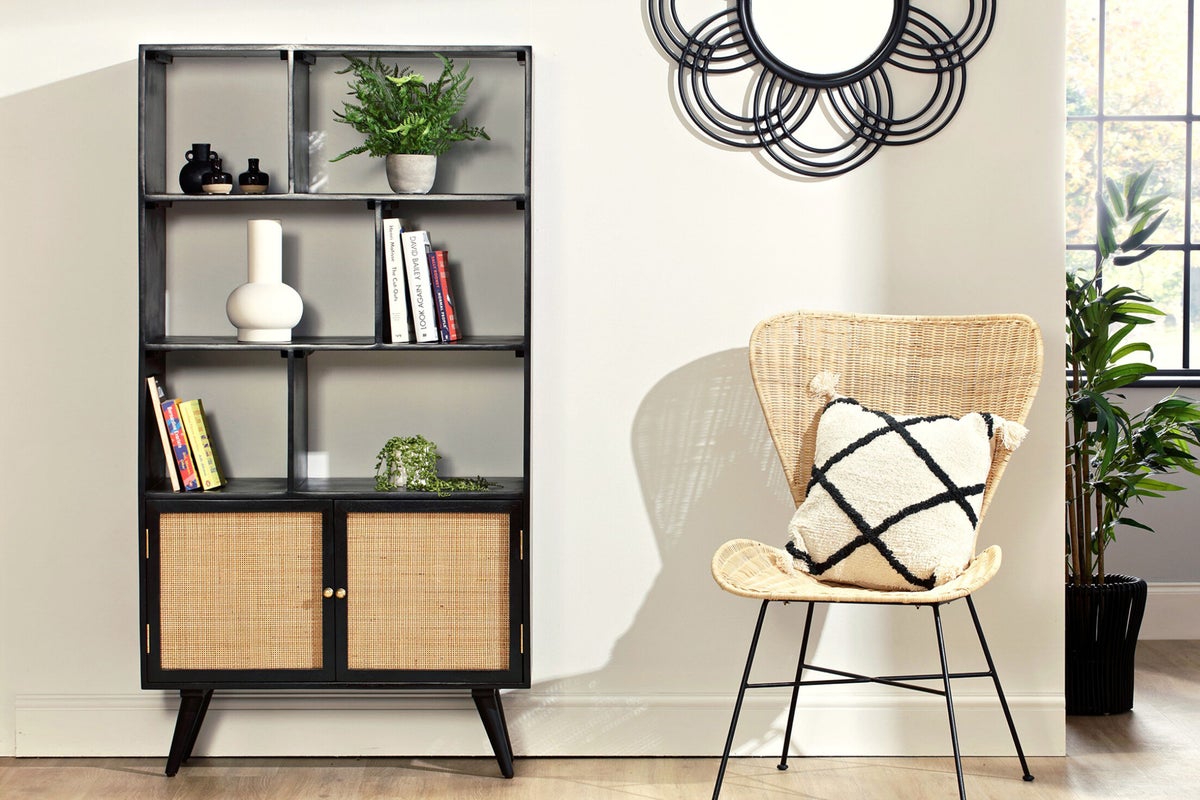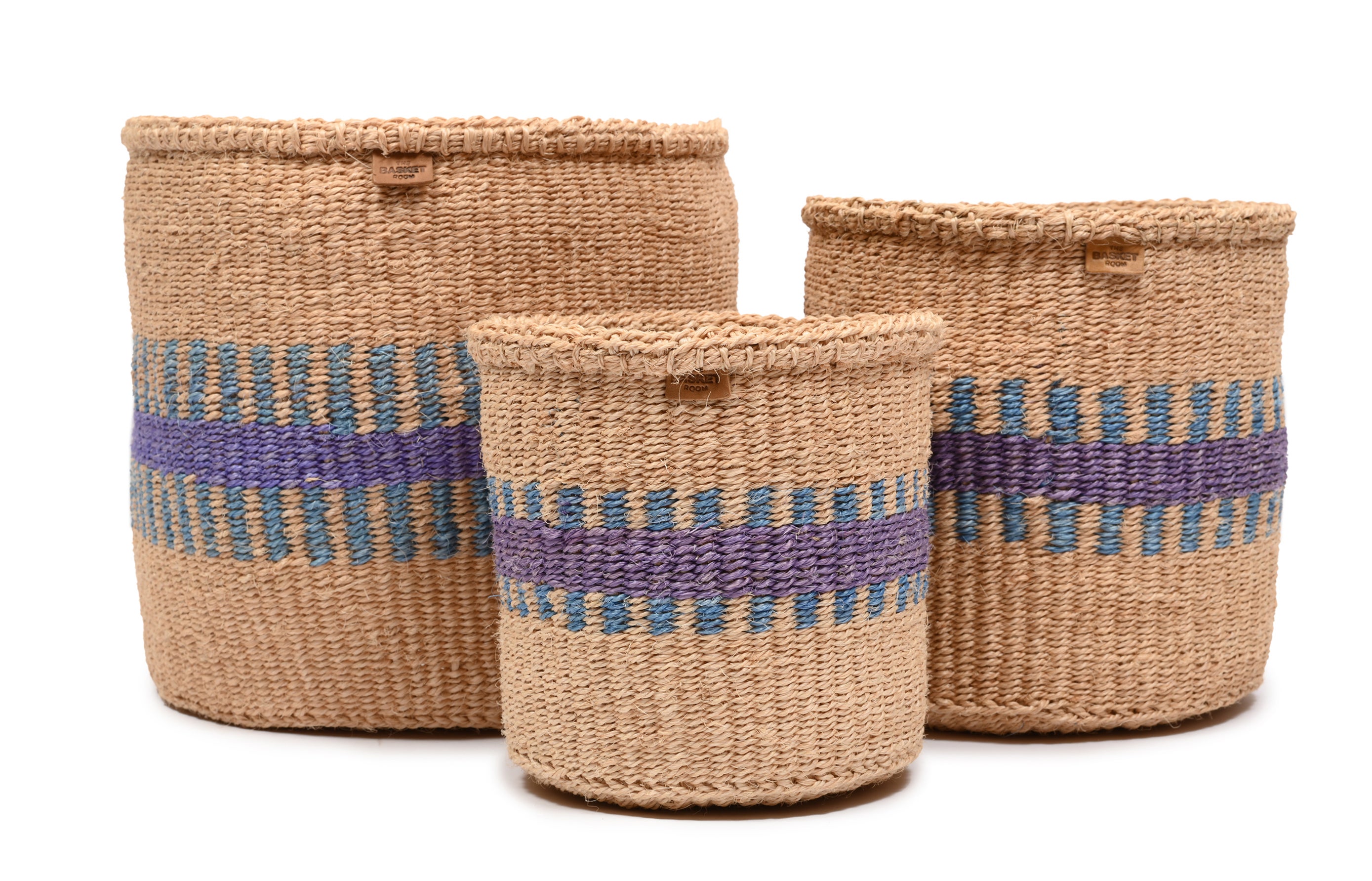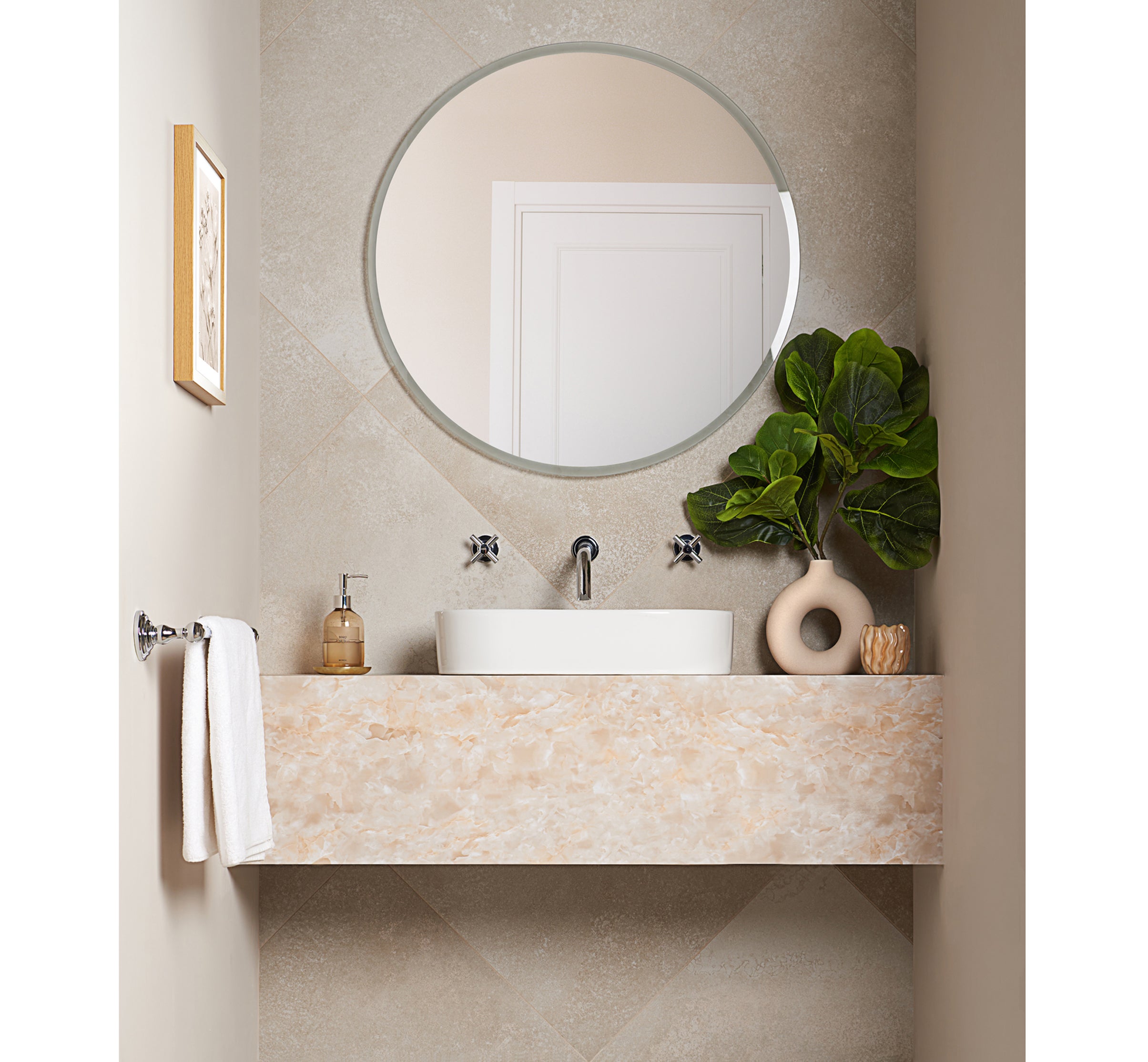
Going green and making thoughtful design choices can be hugely rewarding, and resonates well with an eco-friendly lifestyle.
As Alysha Alli, group interior designer at Redrow puts it: “Sustainability starts with the choices we make when furnishing our homes.
“Opting for locally made or handmade pieces ensures you’re supporting artisans, and reducing the environmental impact of mass production.”
And while it may be tempting to purchase budget-friendly items from fast-retailers, Alli says investing in higher-quality materials means your furniture will not only last longer, but also be crafted with care and durability in mind.
Here are some practical tips and strategies to help you create interiors which stand the test of time, and are kinder to the planet…
Mindful minimalism
Minimalism is evolving beyond its traditional starkness, embracing a softer, more refined aesthetic, highlights Alli. “The rise of ‘Japandi’ and #playfulminimalism highlights a growing desire for interiors that balance comfort, style, and tranquillity – whilst also reducing environmental impact.”
By prioritising natural materials, durable design and intentional simplicity, she says this approach promotes both aesthetic longevity and eco-conscious choices.
Here’s how to incorporate this into your home…
Zen-inspired spaces: With Pinterest searches for ‘zen house’ having surged by 405% in the past year, the interest suggests a shift toward interiors which promote balance and serenity, underlines Alli.
“Incorporating natural materials, organic shapes and an uncluttered layout creates harmony while reducing excess consumption.”
Low-key luxury: Refined finishes and sustainable materials like responsibly sourced stone and wood create an understated, yet eco-friendly sense of luxury, says the designer. “Adding elements like bronze accents creates a rich yet organic feel.”
Simplified colour palettes: “Earthy neutrals such as unbleached linen, terracotta, and black form a timeless backdrop that allows sustainable textures and materials to shine,” says Alli.
Folk symbolism: Handcrafted pieces with meaningful designs or talisman-inspired details – such as storage baskets from weaving co-operatives in Africa – celebrate cultural heritage and craftsmanship, she explains, supporting ethical production practices.

Upcycling and repurposing: Giving furniture a second life is one of the simplest ways to embrace sustainability, advises Alli. She says platforms like Facebook Marketplace offer a treasure trove of pre-loved items waiting for a second chance.
DIY touch-ups: “A fresh coat of paint or new upholstery can completely transform an old chair or table,” she enthuses.
Lighting refresh: An interior designer’s secret weapon, Alli says. Simply swapping out a lampshade can make a big impact on a room’s ambience.
Blending old and new: Combining vintage finds with modern pieces creates a layered, characterful interior that feels curated over time.
Conscious design for a greener home
“Embracing sustainability and the push for conscious design goes beyond aesthetics,” outlines Alli. It’s about integrating sustainable innovations into our homes.”
Reducing microplastics: Choose furniture and textiles made from recycled or bio-based materials, she encourages, and look for water filtration solutions that eliminate plastic particles.

Solar innovations: As Alli points out, the rise of solar-powered lighting and energy-efficient appliances helps reduce both your carbon footprint and electricity bills.
Luxury with longevity: “High-end design is shifting toward circularity, with brands prioritising durable, repairable, and responsibly sourced materials,” she notes. “Investing in quality ensures your home remains timeless – and environmentally responsible.”
How to find the perfect fascinator for race day
Provençal Rosé: Why this pale pink wine still has us in a summer swoon
4 first-time dads share the one thing they wish they’d known about fatherhood
Beloved Coca-Cola flavor reportedly coming back as fans beg for its permanent return







